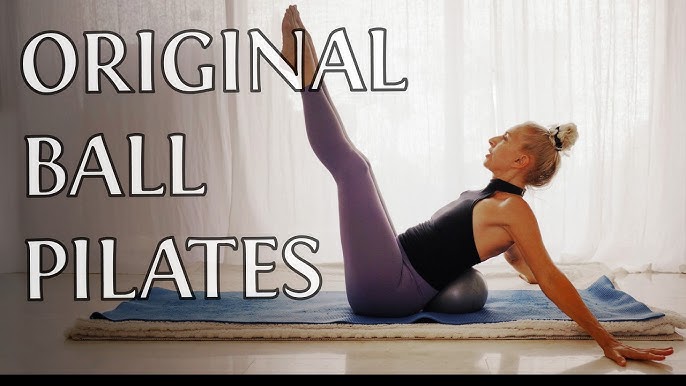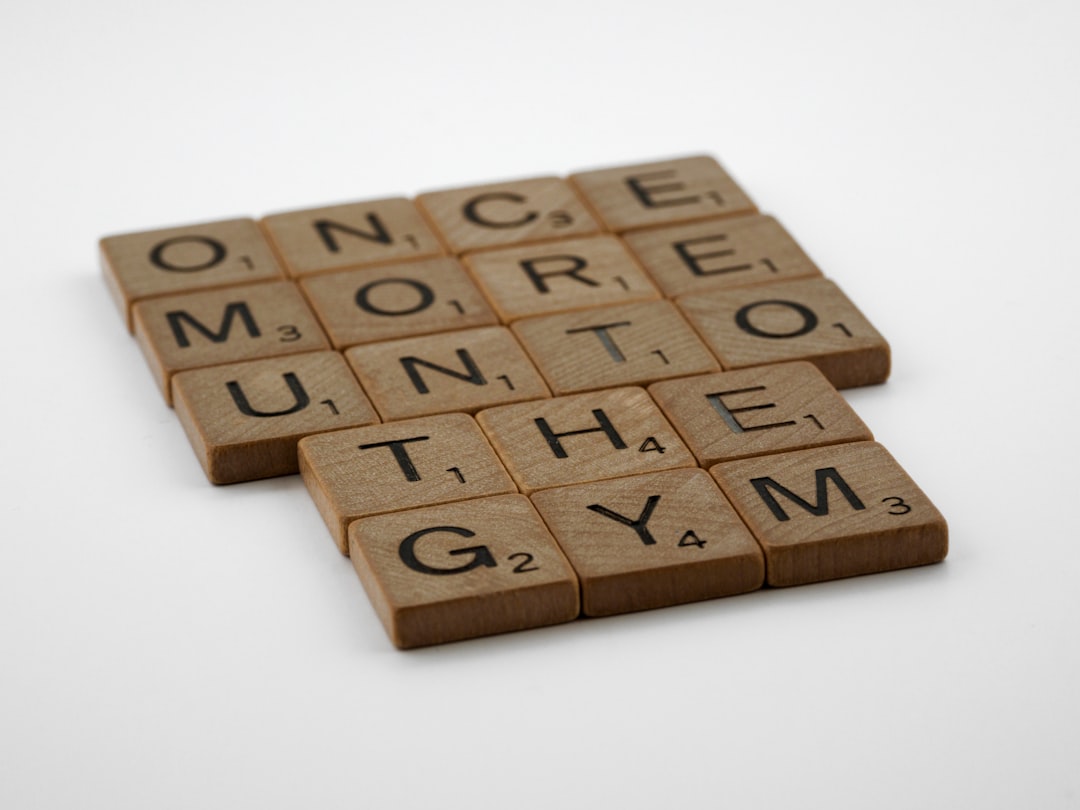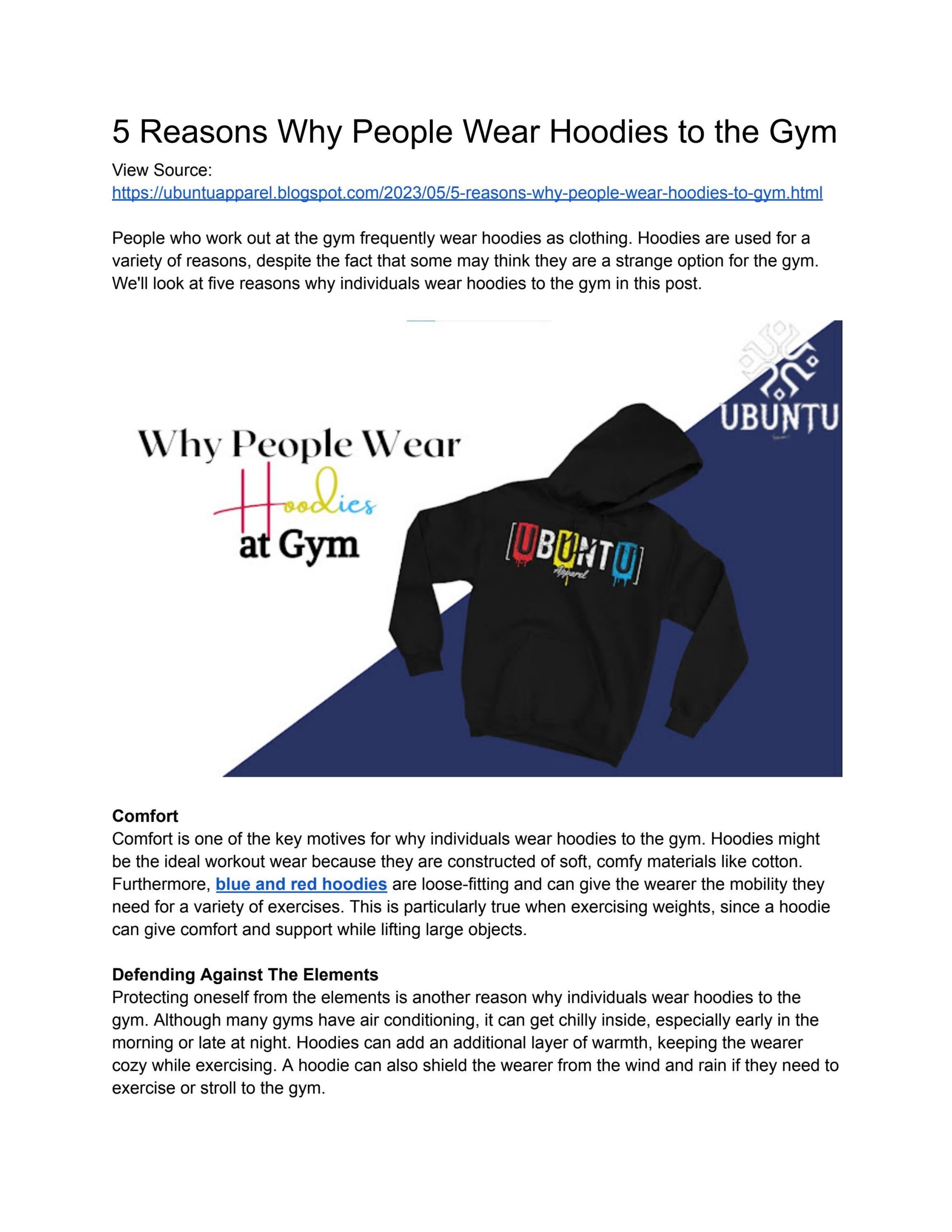Are you looking for a simple way to boost your workout and strengthen your body? Small Pilates ball exercises might be exactly what you need.
These easy moves can fit into your daily routine, helping you improve balance, tone muscles, and increase flexibility—all with just a small ball. Keep reading to discover how you can transform your fitness with these effective exercises that don’t require a lot of time or equipment.
Your body will thank you!
Benefits Of Small Pilates Ball
The small Pilates ball is a simple yet powerful tool that can transform your workouts. It adds variety and challenge without overwhelming your routine. Using this ball regularly can bring noticeable improvements to your body and how you move.
Enhancing Core Stability
Your core is the foundation for almost every movement you make. The small Pilates ball forces your muscles to engage more deeply to keep balance. This constant activation helps build stronger abs, lower back, and pelvic muscles.
Imagine holding a plank but with the ball under your hands or feet. You immediately feel your core working harder to stay steady. Have you ever felt how much difference a small shift in balance can make? This tool sharpens your body’s control in a way that mat exercises alone might not.
Improving Flexibility
The small Pilates ball encourages gentle stretching by supporting your limbs and spine. It helps you reach deeper into stretches without straining. Using the ball under your back or between your legs can open up tight areas gradually.
For example, placing the ball under your shoulder blades during a chest opener allows more comfort and range. This support helps you relax into the stretch instead of resisting it. What areas of your body feel stuck or stiff right now? This tool might help you ease tension in those spots.
Supporting Low-impact Workouts
If you’re looking for exercise options that are easy on your joints, the small Pilates ball fits perfectly. It adds resistance and challenge without harsh impact. This makes it ideal for injury recovery or anyone avoiding high-stress workouts.
You can use the ball while seated or lying down to engage muscles gently. It’s a great way to stay active even on days when intense workouts aren’t possible. How often do you give your body a break while still moving effectively?
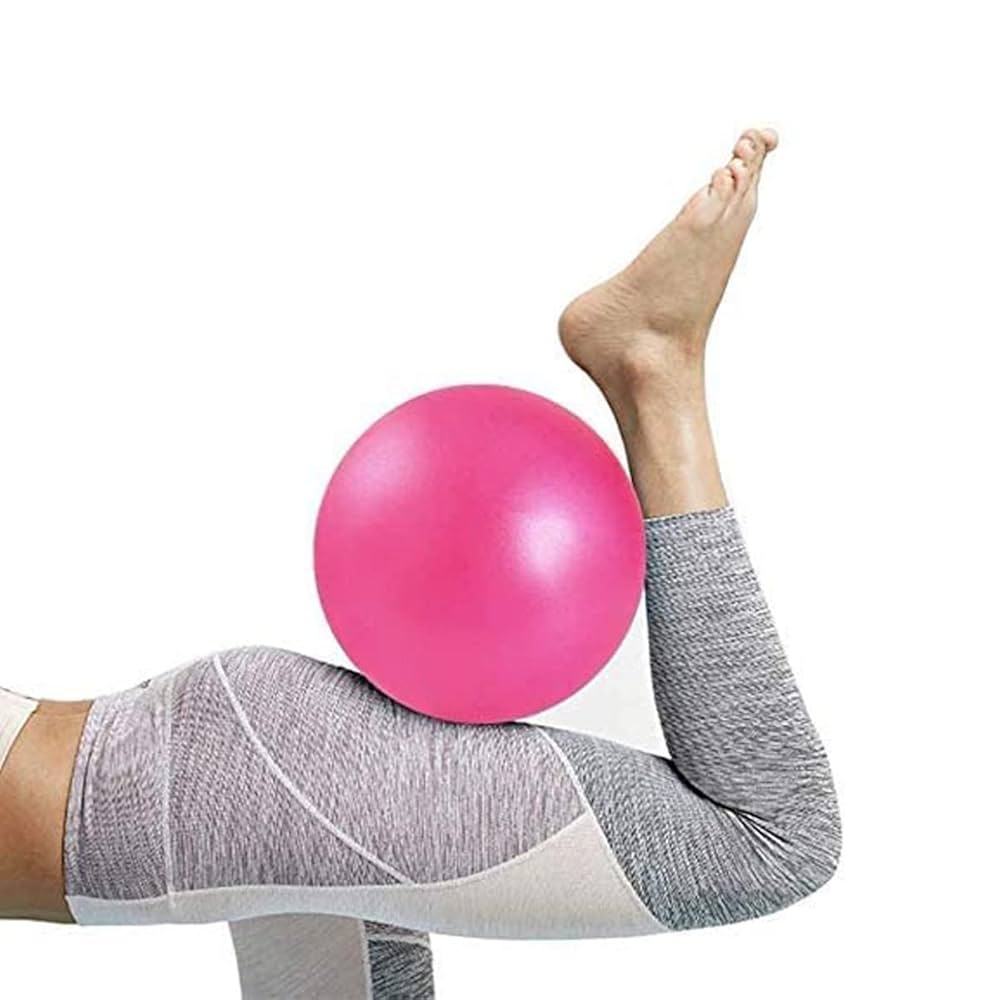
Credit: www.amazon.ca
Choosing The Right Pilates Ball
Choosing the right small Pilates ball is key for a safe and effective workout. The right ball fits your body and exercise style. It helps maintain proper form and balance. Choosing poorly can lead to discomfort or injury.
Size And Material Options
Small Pilates balls come in various sizes. Choose a size that fits your hand or body part you want to target. Common sizes range from 6 to 10 inches in diameter.
Material impacts grip and comfort. Soft rubber balls offer good grip and slight bounce. Foam balls are lighter and softer, ideal for gentle exercises. Choose a material that feels comfortable and stable during use.
Durability And Safety Features
Durability matters for long-lasting use. Look for balls made with burst-resistant material. This prevents sudden popping during exercises.
Check for non-toxic, hypoallergenic materials. These ensure safety for sensitive skin. Also, choose balls with anti-slip surfaces. They provide better control and reduce accident risks.
Core-focused Ball Exercises
Core-focused ball exercises are a fantastic way to strengthen and tone your midsection. These exercises use a small Pilates ball to add an element of instability, challenging your core muscles in new and effective ways. Whether you’re a seasoned fitness enthusiast or just starting, these exercises will help you build a stronger core.
Ball Crunches
Ball crunches are a great way to target your upper and lower abs simultaneously. By holding the ball between your knees, you engage your lower abs while performing the crunch. Can you feel the burn as you lift your shoulders off the mat?
- Lie on your back with knees bent and the ball between them.
- Place your hands behind your head for support.
- Engage your core and lift your shoulders off the mat, squeezing the ball as you crunch.
Repeat for 15-20 repetitions. It’s amazing how such a small ball can make a big difference!
Seated Balance Holds
Seated balance holds are perfect for improving stability and core strength. Sitting on the ball forces your core to work harder to maintain balance. Have you ever tried balancing on a ball?
- Sit on the ball with your feet flat on the ground.
- Lift your feet off the floor, maintaining balance.
- Hold this position for 20-30 seconds, keeping your core engaged.
Challenge yourself by extending the hold time as you get more comfortable.
Oblique Twists
Oblique twists with a Pilates ball are excellent for targeting those side muscles. They add a twist (pun intended) to your usual routine. Are you ready to twist your way to a toned waist?
- Sit on the floor with knees bent, holding the ball with both hands.
- Lean back slightly, keeping your back straight.
- Twist your torso to the right, then to the left, keeping the ball steady.
Aim for 10-15 twists on each side. Notice how your obliques feel the next day!
Adding these core-focused ball exercises to your routine can help you achieve that strong and defined core. So, grab your Pilates ball and get started! What will you discover about your core strength today?
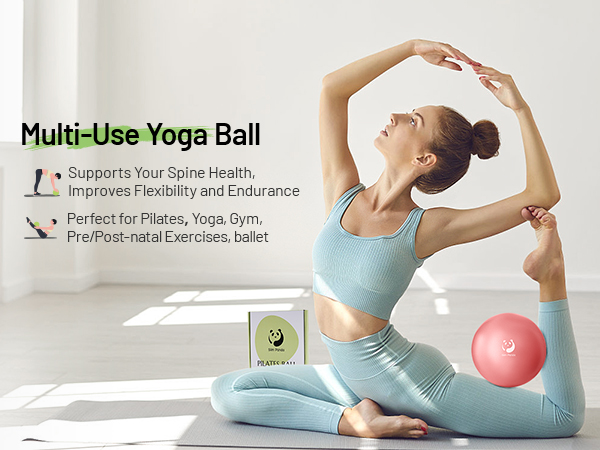
Credit: www.amazon.ca
Flexibility Routines With The Ball
Using a small Pilates ball in your flexibility routines can transform your stretching sessions. The ball adds gentle resistance and support, helping you deepen stretches safely. You might find muscles loosening in ways they hadn’t before, making your movements feel freer and more controlled.
Have you noticed how a simple prop can change the way your body responds? The small Pilates ball encourages you to focus on precision and balance while stretching. This focus often leads to better flexibility gains and less discomfort.
Hamstring Stretches
Place the small Pilates ball under your calf or ankle while lying on your back. Slowly lift your leg, using the ball to support your stretch without straining. This helps you control the intensity and targets the hamstring more effectively.
You can hold the position for 20 to 30 seconds, feeling the tension release gradually. Adding gentle pulses by slightly moving your leg can increase blood flow and improve flexibility. Have you tried this before? It feels like a gentle invitation for the muscle to open up.
Back Extensions
Lay the Pilates ball under your lower back while lying face up. Gently extend your spine over the ball, letting your back arch comfortably. This movement promotes spinal flexibility and helps relieve tightness in the lower back.
Focus on slow, deep breaths as you extend. This combination supports relaxation and deeper stretching. Notice how your back muscles respond and whether you feel more lengthened after a few rounds.
Hip Openers
Sit on the floor and place the small Pilates ball under one hip. Gently roll your body to massage and open tight hip muscles. This subtle movement can increase hip mobility and reduce stiffness.
Try holding one position for 30 seconds, then slowly shift the ball to different spots around your hip. This targeted release often uncovers tight areas you didn’t realize were limiting your movement. How flexible do your hips feel after a few minutes with the ball?
Incorporating The Ball Into Daily Workouts
Using a small Pilates ball during your daily workouts can transform simple moves into powerful exercises. This little tool challenges your muscles in new ways and adds variety to your routine. Have you noticed how a slight change in equipment can boost your motivation and results?
Warm-up Techniques
Start your warm-up by gently squeezing the ball between your hands or knees. This activates your core and warms up smaller stabilizing muscles that often get overlooked. Adding this simple step prepares your body for the workout ahead and helps prevent injury.
Try seated ball squeezes while taking deep breaths. This not only loosens your upper body but also improves your focus. Have you ever felt your mind and body sync better after a mindful warm-up?
Full-body Integration
Use the ball to engage multiple muscle groups simultaneously. Place it between your thighs during squats to activate inner thighs and improve alignment. Or hold it overhead while doing lunges to challenge your balance and strengthen your shoulders.
Incorporate the ball into planks by placing it under your shins or forearms. This forces your core to work harder to maintain stability. What new muscle connections could you discover by adding this level of challenge?
Cooldown And Relaxation
The small Pilates ball is great for gentle stretches after your workout. Roll it under your back or feet to release tension and soothe tight muscles. This tactile feedback helps you focus on areas that need extra care.
Try placing the ball under your neck while lying down for a few minutes. It supports natural curves and encourages deep relaxation. How often do you give your muscles this kind of targeted relief?
Common Mistakes To Avoid
Small Pilates ball exercises can enhance your workout effectively. Avoiding common mistakes helps you get better results and stay safe. Many beginners make simple errors that reduce benefits or cause discomfort. Focus on correct techniques to improve your strength and flexibility.
Overusing The Ball
Using the small Pilates ball too much can cause muscle strain. Your muscles need time to recover. Avoid long sessions with the ball every day. Balance exercises with rest and other workout types. Overuse may lead to soreness and fatigue.
Incorrect Posture
Posture plays a key role in Pilates ball exercises. Slouching or arching your back reduces the workout’s effectiveness. Keep your spine straight and shoulders relaxed. Engage your core muscles to support your body. Poor posture can cause pain and injury.
Ignoring Breathing Patterns
Breathing is important in Pilates. Holding your breath lowers oxygen flow and increases tension. Breathe deeply and rhythmically with each movement. Inhale through your nose and exhale through your mouth. Proper breathing helps muscle control and relaxation.
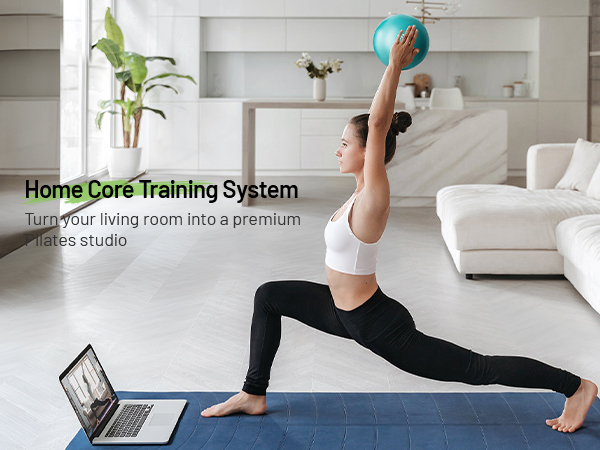
Credit: www.amazon.ca
Frequently Asked Questions
What Are The Benefits Of Small Pilates Ball Exercises?
Small Pilates ball exercises improve core strength, balance, and flexibility. They also enhance muscle tone and posture. These exercises are low-impact, making them suitable for all fitness levels. Using the ball increases workout intensity and engages stabilizing muscles for better overall fitness.
How Do I Use A Small Pilates Ball Correctly?
Place the ball between body parts like thighs or hands to add resistance. Maintain proper posture and engage your core during exercises. Move slowly and with control to maximize benefits. Avoid over-inflating the ball for better grip and comfort during workouts.
Which Muscles Do Small Pilates Ball Exercises Target?
These exercises primarily target the core, including abs and lower back. They also engage inner thighs, glutes, and shoulder muscles. The ball helps activate stabilizer muscles, improving overall muscle coordination and strength. This leads to better body control and injury prevention.
Can Small Pilates Ball Exercises Help With Back Pain?
Yes, these exercises strengthen core muscles that support the spine. Improved core stability reduces strain on the lower back. Gentle movements with the ball promote flexibility and posture correction. Always consult a healthcare professional before starting if you have severe back issues.
Conclusion
Small Pilates ball exercises help improve strength and balance. They work well for all fitness levels. Using the ball adds gentle resistance to your routine. You can do these exercises at home or in class. Consistency is key to seeing progress and feeling better.
Try adding these moves to your daily workout. Enjoy the simple, effective way to stay active and healthy. Keep your body moving and strong with small Pilates ball exercises.


